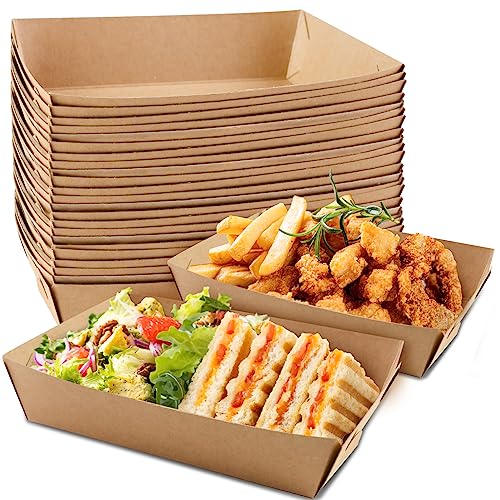What are hamburger boxes?
If you have ever purchased fast food, there is a good chance you have seen or used a hamburger box. These are the cardboard containers that are used to hold hamburgers, cheeseburgers, chicken sandwiches, and other similar items. They are often greasy to the touch and can leave residue on your hands and clothing.
Why are hamburger boxes greasy?
There are a few reasons why hamburger boxes are often greasy. First, the food items that go inside them are often high in fat and oil, which can seep through the cardboard and onto the box. Additionally, these boxes are usually assembled by hand, which can lead to oil and grease from the hands of workers being transferred onto the boxes. Finally, the manufacturing process for these boxes often involves the use of wax or other substances to help make them resistant to moisture, which can also contribute to the greasiness.
What can be done to reduce the greasiness of hamburger boxes?
While some amount of grease and oil is inevitable with fast food packaging, there are steps that can be taken to reduce the amount of residue left behind. One approach is to use recycled paperboard with a barrier coating made from a grease-resistant natural mineral, instead of wax or plastic. In addition, restaurants can train their workers to handle the packaging materials in a way that reduces the transfer of grease and oil from hands to boxes. Finally, consumers can bring their own reusable containers or request that their food be wrapped in paper, rather than placed in a box.
What are the environmental implications of greasy hamburger boxes?
While the greasiness of hamburger boxes may seem like a minor inconvenience, it can actually have significant environmental impact. When these boxes are not disposed of properly, they can contribute to litter and pollution. Additionally, the wax and other substances used to make these boxes moisture-resistant can make them difficult to recycle or compost, meaning that they often end up in landfills where they take a long time to break down. Finally, the production of these boxes requires significant amounts of resources, including trees and energy, which can contribute to deforestation and greenhouse gas emissions.
While there is no one solution to the problem of greasy hamburger boxes, there are steps that can be taken to reduce their impact on both human health and the environment. By using more sustainable materials, improving handling practices, and encouraging consumers to use reusable containers, we can all play a role in making fast food packaging less greasy and more eco-friendly.






